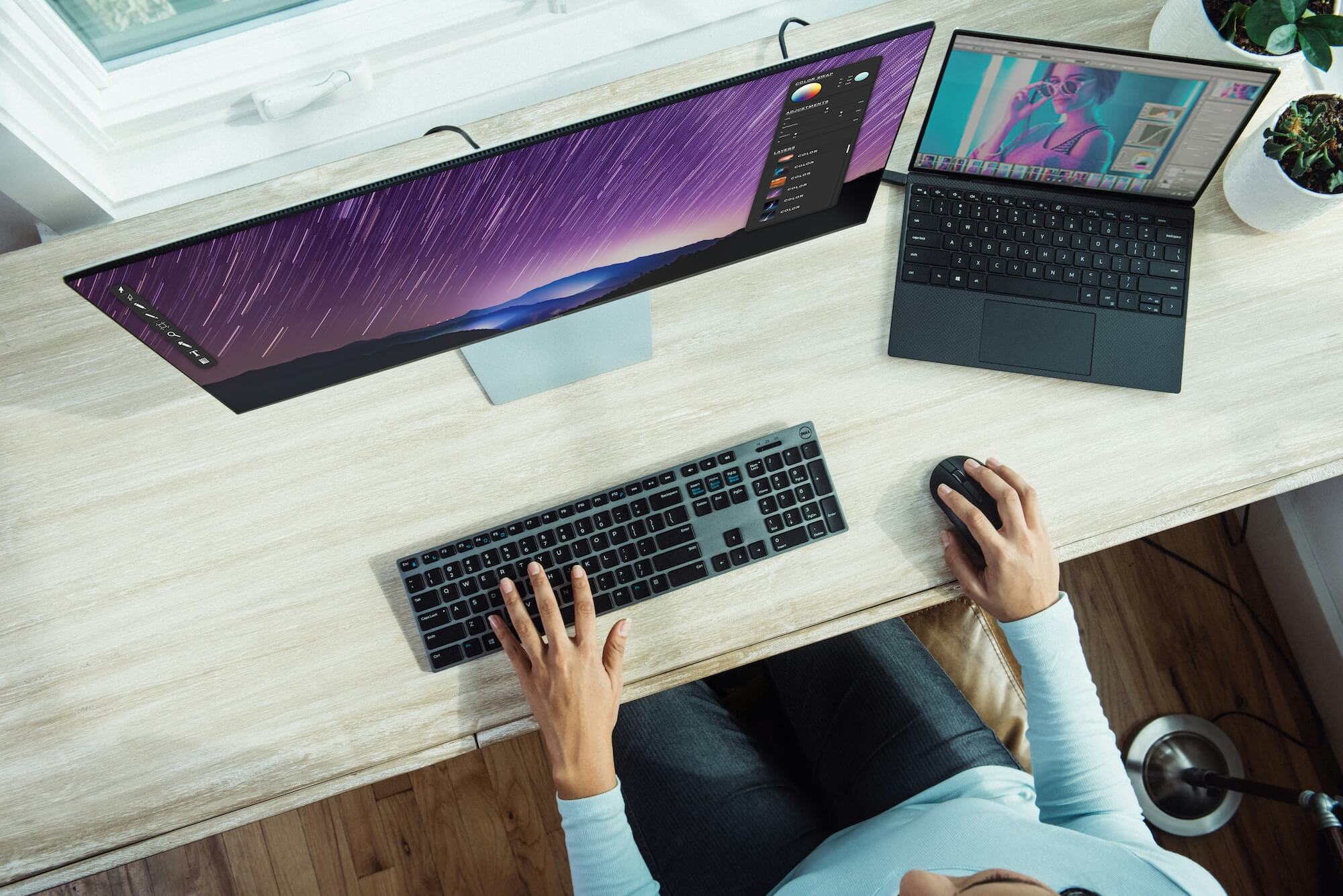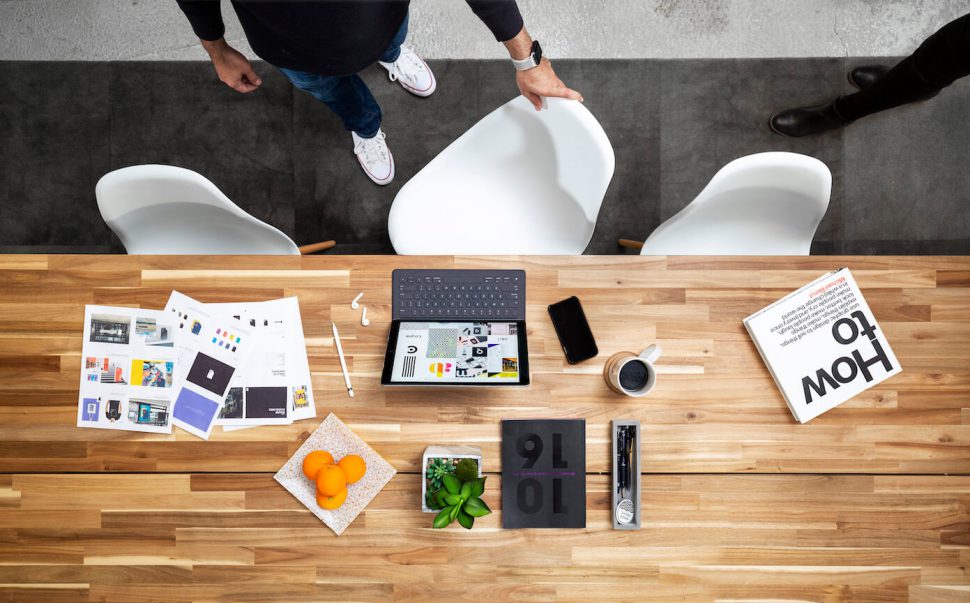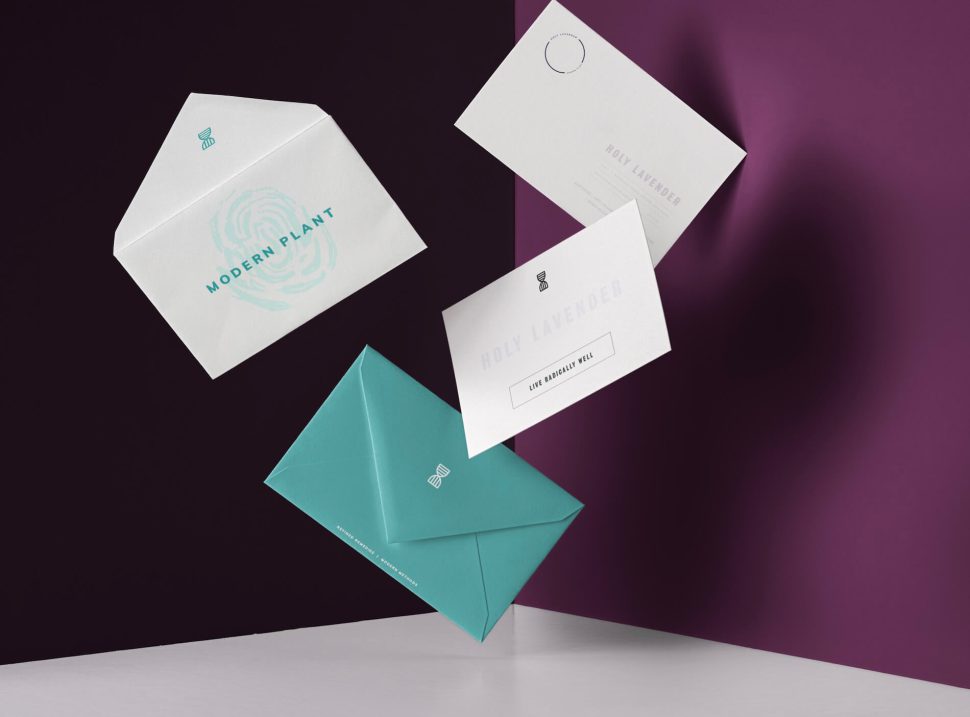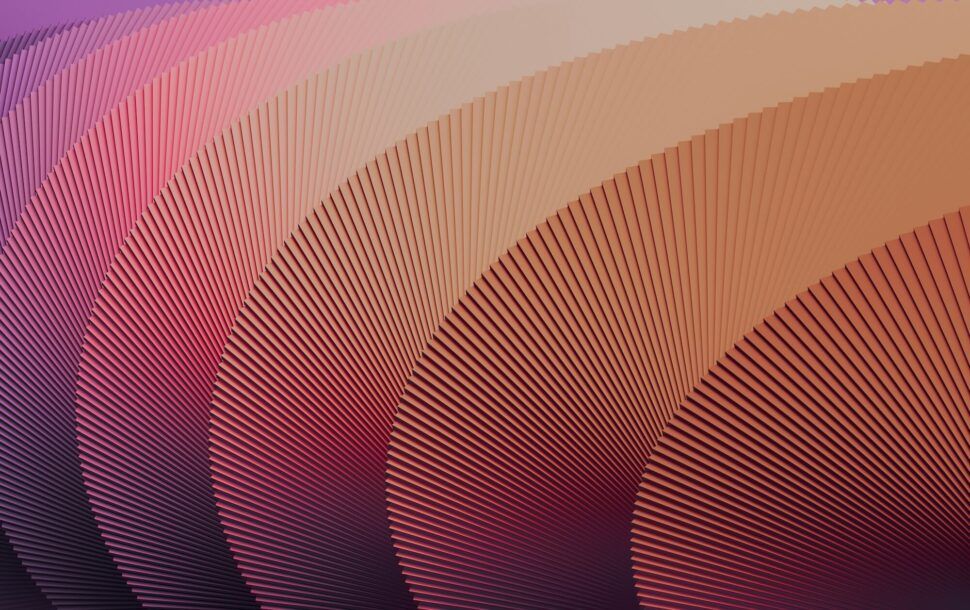
Today, remote work is becoming the norm rather than the exception, and design teams must adapt to thrive in a virtual environment. This guide explores how to make remote UX design teams more successful, the feasibility of graphic designers working remotely, the dynamics of how design teams collaborate, and tips for developing good teamwork while working remotely.
Making Remote UX Design Teams More Successful
Remote UX design teams can be just as effective, if not more so, than their in-office counterparts with the right strategies. Here are some key tips to ensure success:
- Leverage the Right Tools: Equip your team with the best digital tools for collaboration and communication. Tools like Figma, Sketch, and InVision are excellent for design work, while Slack, Zoom, and Microsoft Teams facilitate communication.
- Establish Clear Communication Channels: Open and clear communication is critical. Set expectations for how and when to communicate. Regular check-ins, virtual stand-ups, and feedback sessions help keep everyone aligned.
- Foster a Collaborative Culture: Encourage a culture of collaboration where team members feel comfortable sharing ideas and feedback. Virtual brainstorming sessions and collaborative design reviews can replicate the interactive nature of in-person meetings.
- Set Clear Goals and Deadlines: Clearly defined goals and deadlines help keep the team focused and accountable. Use project management tools like Trello, Asana, or Jira to track progress and ensure everyone is on the same page.
- Promote Work-Life Balance: Remote work can blur the lines between personal and professional life. Encourage your team to maintain a healthy work-life balance by setting boundaries and taking breaks.
Graphic Designers Working Remotely
Graphic designers can work remotely with great success. The nature of graphic design work, which primarily involves digital tools, makes it well-suited for remote work. Here are some reasons why graphic designers thrive in a remote environment:
- Flexibility: Remote work offers flexibility, allowing designers to work during their most productive hours. This can lead to increased creativity and output.
- Access to Global Talent: Companies can tap into a global talent pool, hiring the best designers regardless of location. This diversity can lead to more innovative and creative designs.
- Reduced Commute Time: Without the need for commuting, designers can have more time to focus on their work, leading to better productivity and job satisfaction.
- Cost Savings: Both employers and employees can save on costs associated with commuting, office space, and other expenses.
For more insights on remote graphic design work, check out Outsourcing Design Services: A Comprehensive Guide.
Effective Collaboration in Design Teams
Design teams often work in a highly collaborative environment, and this dynamic doesn’t change with remote work. Here are some ways design teams can work effectively together:
- Collaborative Design Platforms: Tools like Figma and Miro allow multiple team members to work on the same project simultaneously, fostering real-time collaboration.
- Regular Meetings: Virtual meetings help maintain team cohesion. Daily stand-ups, weekly design reviews, and sprint planning sessions ensure everyone is aligned and aware of project progress.
- Feedback Loops: Continuous feedback is crucial for refining designs. Tools like Zeplin and Marvel App make it easy to share designs and gather feedback from team members and stakeholders.
- Documentation and Guidelines: Maintaining comprehensive documentation and design guidelines helps ensure consistency and clarity. Tools like Notion or Confluence can be used to create and share these documents.
Developing Good Teamwork When Working Remotely
Developing good teamwork in a remote environment requires intentional effort and strategies. Here are some tips to foster strong teamwork:
- Build Trust: Trust is the foundation of any successful team. Foster trust by being transparent, reliable, and supportive. Regular one-on-one meetings can help build personal connections.
- Encourage Social Interaction: Virtual coffee breaks, team-building activities, and casual chat channels can help team members bond and build camaraderie.
- Recognize and Celebrate Achievements: Celebrate milestones and recognize individual and team achievements. This can boost morale and motivate the team.
- Provide Opportunities for Growth: Offer opportunities for professional development through online courses, workshops, and conferences. Encouraging continuous learning can enhance team skills and keep members engaged.
- Create a Positive Work Environment: Foster a positive and inclusive work environment where everyone feels valued and heard. Encourage open communication and address any issues promptly.
Conclusion
Remote work is here to stay, and design teams that adapt to this new way of working can thrive. By leveraging the right tools, fostering a collaborative culture, and maintaining clear communication, remote design teams can achieve great success. Remember, the key to successful remote teamwork lies in trust, flexibility, and continuous learning. Embrace these principles, and your design team will excel in the remote work landscape.
Is your remote design team dealing with bottlenecks and delays in workflow?
Our design subscription plans are a great fit to help speed up your operations. Book a call or learn more about our capabilities.
Book a Call See Design Plans







